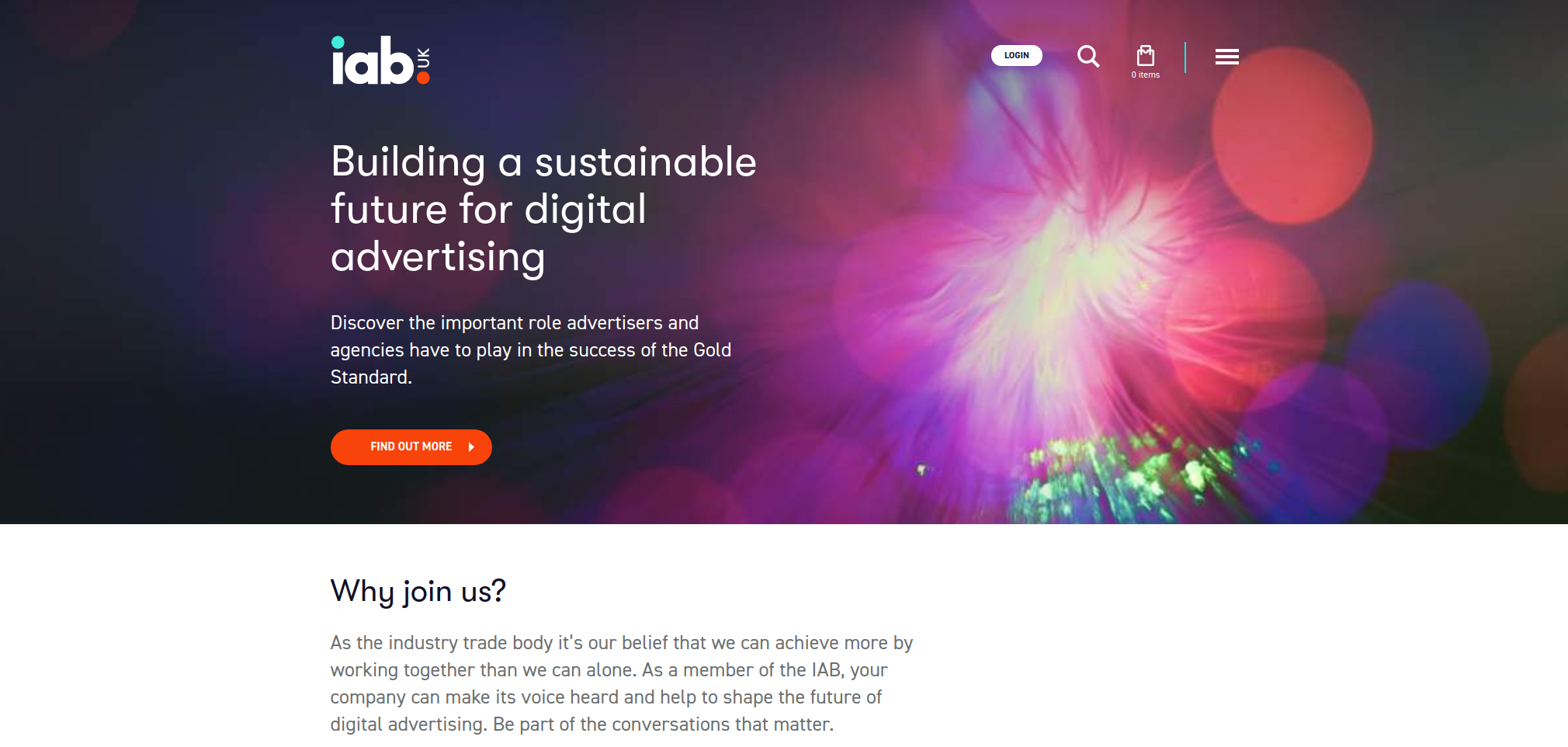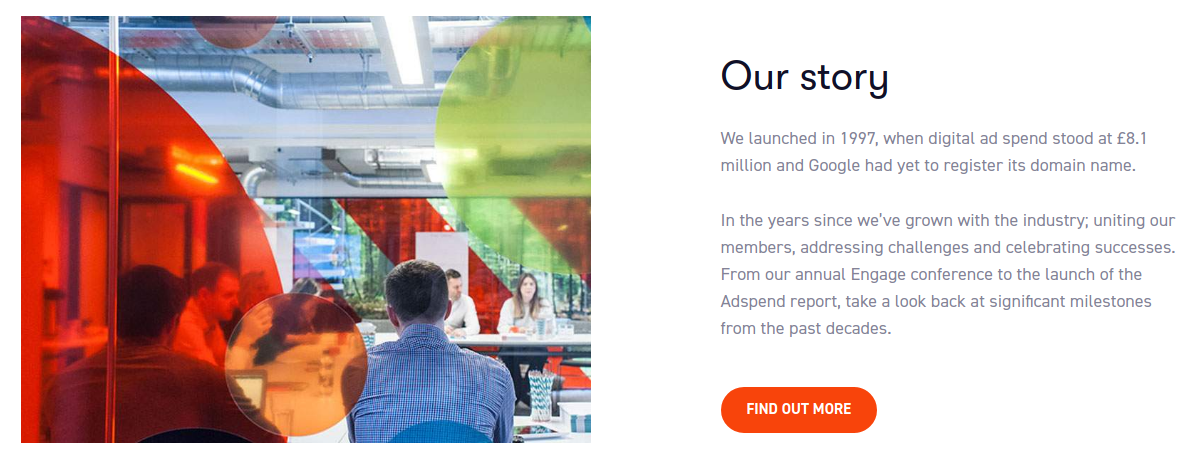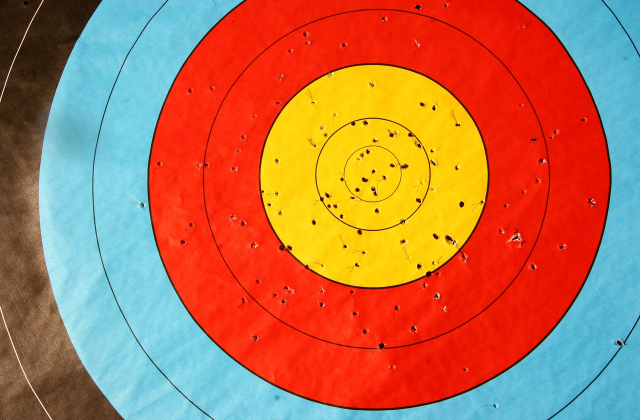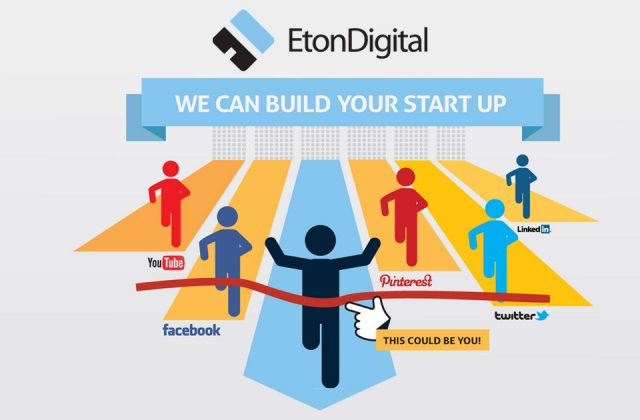With the massive infiltration of social networking into the spheres of politics and business, a pressing dilemma has often been at the forefront of our minds – that is: how can we measure the efficacy and business benefit of utilising such strategies?
After all, while nobody doubts that such tools can only aid business efforts, it becomes more complicated when we try to budget the exact costs – and, importantly, financial benefits, of doing so.
If one considers, for example, even the world’s largest and most successful social network, Facebook, there are still massive uncertainties about the exact monetary value of the network, and just how its revenue models will work in the future. Again, nobody doubts that the financial worth and potential is huge, but many experts do nonetheless find it very difficult to say estimate exactly how huge it is. Hence if an absolute sector giant like Facebook is so tricky to evaluate, it becomes very easy to understand why many businesses find it difficult to come up with some precise figures relating to their own social network implementation.
So, it’s with these dilemmas in mind that the social media folks over at the International Advertising Bureau (IAB: leading trade body for digital marketing) have devised a framework for measuring social media effectiveness. This is no small feat when one considers the massive diversity of network types and their functions within the social media market (something the IAB Social article acknowledges), and indeed the framework proposed is closer to being an initial idea rather than the finished thing but, these caveats aside, it’s a pretty excellent starting point for quantifying the effectiveness of social media.

The basic process has been termed, perhaps unsurprisingly, the IAB framework: apparently not in a slick branding effort though, but simply due to the fact that the acronym upon which the framework is based (Intent – Awareness/Appreciation/Action/Advocacy – Benchmark) happens to spell out the same letters as the acronym for the Internet Advertising Bureau: IAB. I personally don’t really buy this – and to be honest I doubt the folks over at IAB UK Social expect us to. It’s a nice semi tongue-in-cheek effort at branding the yardstick for measuring effectiveness which, since they themselves are working to devise it, seems fair enough to me.
Anyway, enough with nomenclature – onto the actual framework. The fundamental starting point for the IAB system is to establish the ‘intent’, the goal so to speak, of utilising social media. There may be only one purpose in doing so, or there may be many (if there is only one though, you’re probably not maximising the potential of utilising social media). However, for the purposes of the IAB framework, the aims/intents are separated and treated individually – only then can you see where social media is doing a good job for your business, and where it might not be.
After all, a thriving social network in terms of users doesn’t necessarily translate into a job well done if the user activity is not in some way being harnessed to achieve the initial business goals of setting up the network.
Once the intent has been identified (take for example ‘increasing brand awareness’), then it’s time to turn to the 4 A’s to define how such ‘intent’ (objective) is to be achieved with the aid of social media. If we continue with the above example about brand awareness, then we might take ‘Advocacy’ (in the sense of creating positive brand word of mouth perhaps) as the most appropriate of the A’s (it needn’t be the only one of course). Now with this translation of initial intent into a SM-based method for its achievement, we also have the opportunity to measure results in a more analytical, data-based manner.
At this point it becomes necessary to choose the benchmarks by which to measure performance, be they industry averages, the previous quarter’s statistics or whatever.

That, in a nutshell, is that. There is of course much more detail on their website, but the core concept is essentially a fairly logical and simple one based on establishing targets, choosing methods and justifications for achieving them, and evaluating based on other statistical data. Nonetheless, despite the apparent simplicity of such a concept, social media’s rapidly developing market reach and function makes defining these criteria far from easy, so credit to IAB UK Social for giving it a go, it is certainly an essential step towards being able to solve the riddle of SM effectiveness in the business environment.


